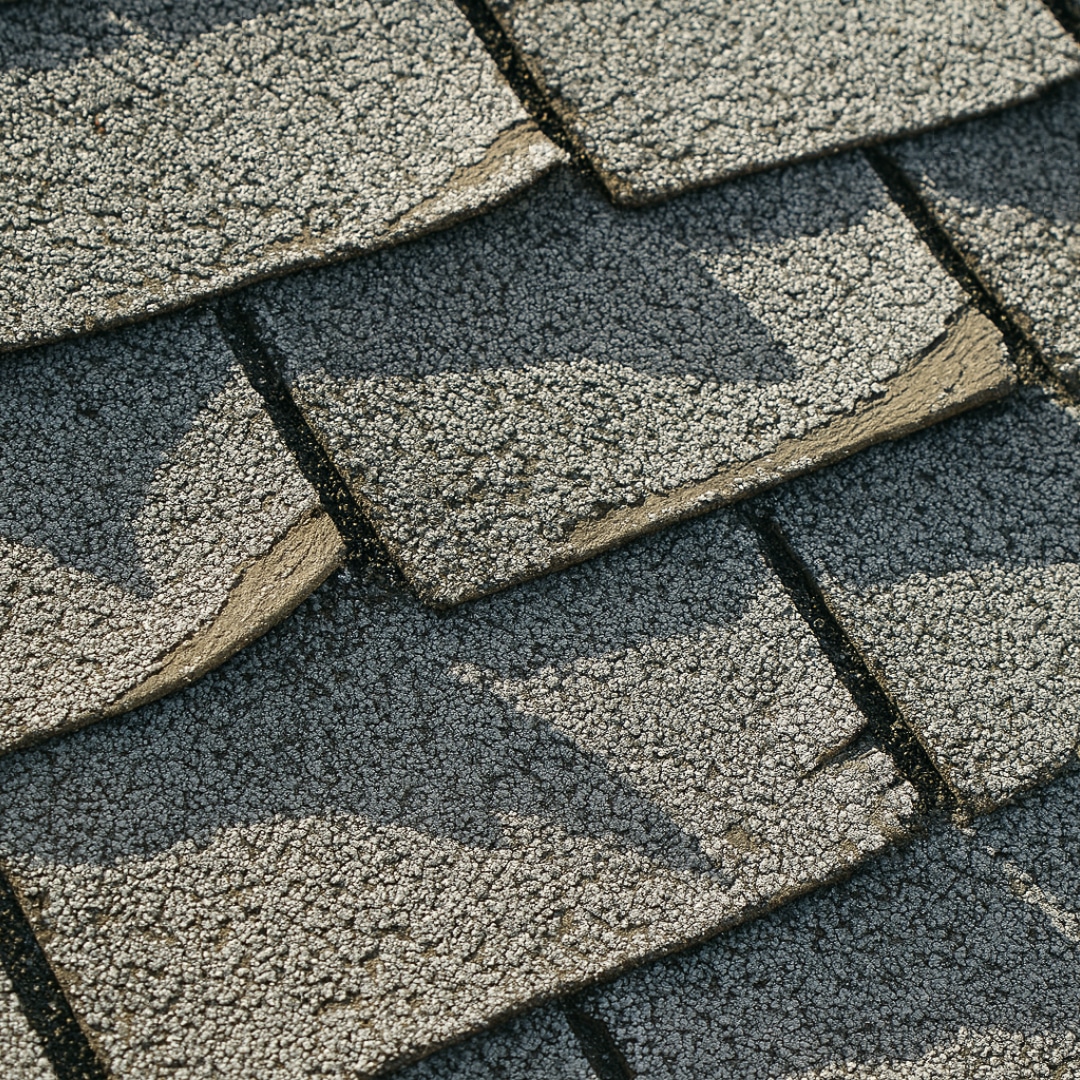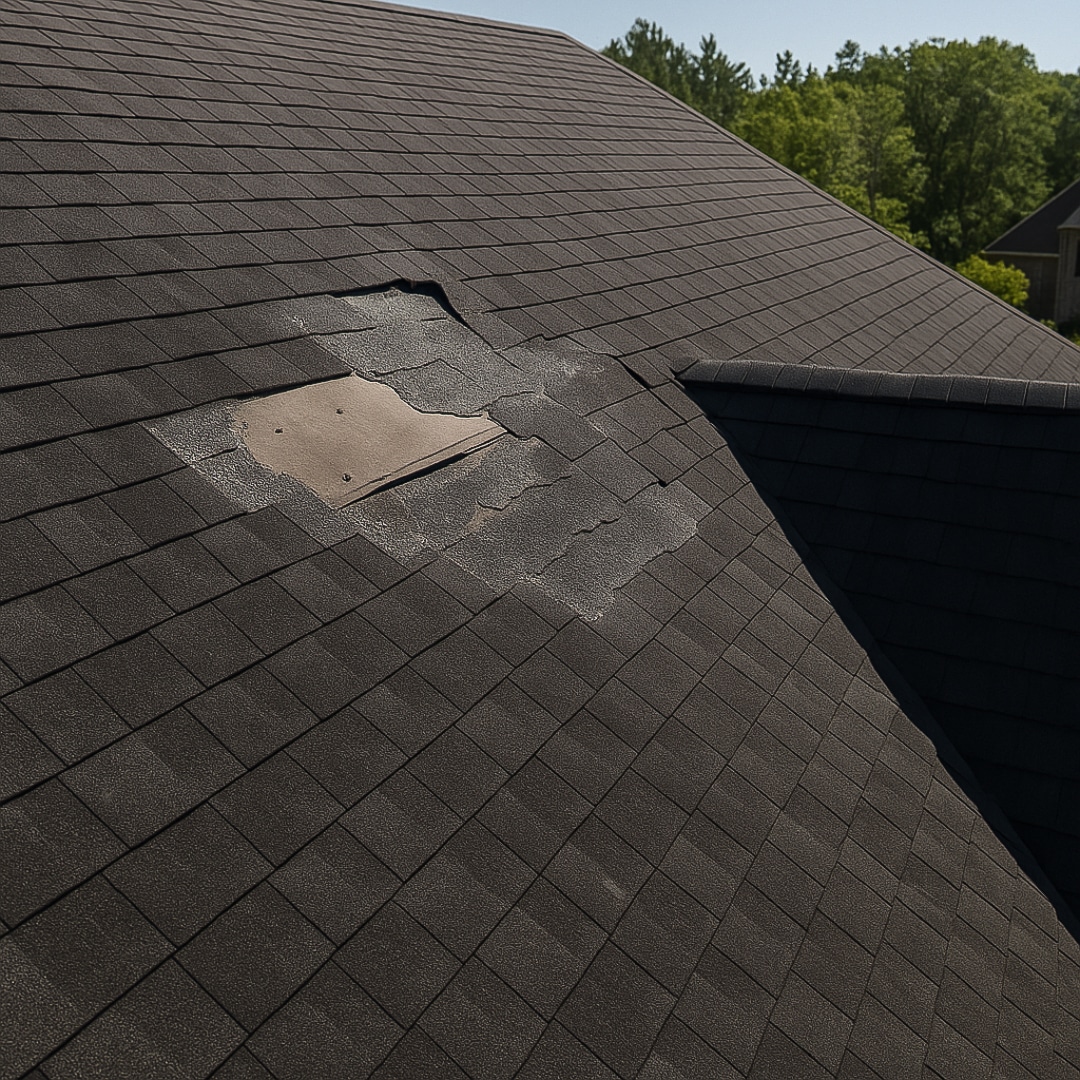Table of Contents:
Why Is My New Roof Already Failing?
The Moment You Realize Something’s Wrong
You just had your Roof Replaced. It looks perfect — clean lines, fresh shingles, and that “new home” feeling every homeowner loves. You’re thinking you won’t have to worry about it again for decades.
But a few months later, things start to feel off. Maybe you notice a faint stain on the ceiling after a heavy rain. Or you catch a corner of a shingle lifting in the wind. Maybe you hear that subtle drip sound in the attic that wasn’t there before.
You call your Roofing Company expecting reassurance, but instead you’re met with excuses — “That’s normal settling,” or “It’s just condensation.” Something doesn’t sit right. And that’s when the thought hits you: How can a brand-new roof already be failing?
The truth is, the problem usually isn’t the shingles. It’s how they were installed.
The Real Culprit: Poor Installation Practices
1. Nails in the Wrong Place
Most homeowners never see this mistake, but the results are devastating: wind can lift the shingles, water sneaks beneath, and leaks begin within months. One misplaced nail doesn’t just affect that shingle — it affects the entire section of the roof.
Pro Tip: When we inspect roofs, we often find nails driven by uncalibrated nail guns. A small pressure difference is all it takes to turn “secure” into “leak waiting to happen.”
The truth is, the problem usually isn’t the shingles. It’s how they were installed.
2. Missing or Improper Underlayment
Your Shingles aren’t waterproof — they’re water-resistant. The real barrier protecting your home is the underlayment beneath them. Quality roofing uses modern synthetic underlayments that resist moisture, mold, and tear damage.
Unfortunately, some roofers cut corners by using outdated asphalt felt paper or skipping underlayment altogether. Without that layer, your roof deck absorbs water every time it rains — a slow, invisible process that leads to rot and warping.
3. Flashing Done Wrong
We’ve seen homeowners pay for full replacements simply because flashing wasn’t properly overlapped or sealed. What makes it worse is that these issues often go unnoticed until visible interior damage appears.

4. Poor Ventilation
Proper ventilation isn’t about “airing out” your attic — it’s about protecting your entire roofing system. Balanced intake and exhaust vents help maintain consistent temperatures, prevent condensation, and extend roof life dramatically.
Why It Happens So Often ?
The hard truth? Many roofing companies focus on speed, not skill.
It’s common for big-name Roofing Companies to subcontract installation crews — often paying per roof, not per hour. That creates a race to finish quickly, not correctly. And when a crew is working fast to beat the rain or hit a quota, quality control disappears.
You might assume your project was overseen by an experienced roofer, but in reality:
- The installer might not be certified or trained by the manufacturer.
- The “final inspection” might never have happened.
- The crew might have skipped steps to finish the job before sundown.
So while your roof looked perfect on day one, the seeds of failure were already nailed in place.
How to Spot Early Signs of a Bad Installation ?
- Uneven Shingles: If some shingles look lifted or misaligned, it could mean nails were placed incorrectly or decking is uneven.
- Visible Nail Pops: You shouldn’t see nails on the surface. Exposed fasteners are open doors for leaks.
- Leaks or Stains Near Chimneys or Vents: These are usually caused by flashing failures.
- Granule Loss: Excessive grit in your gutters within the first year indicates improper installation or defective materials.
- Curling or Bubbling: This often means poor ventilation or adhesive failure.
Each of these signs is your roof’s way of saying, “I need help.”

The Cost of Doing It Wrong the First Time
1. Voided Warranties
Most major manufacturers like GAF and Owens Corning require installation by certified professionals to maintain warranty coverage. If your roof wasn’t installed to spec, the warranty is automatically voided — even if the materials themselves were fine.
2. Interior Damage
3. Expensive Repairs or Full Replacement
Example: One of our customers had a two-year-old roof that failed inspection. The problem? Every ridge vent was improperly fastened, allowing wind-driven rain into the attic. The total repair cost nearly doubled the original installation.

